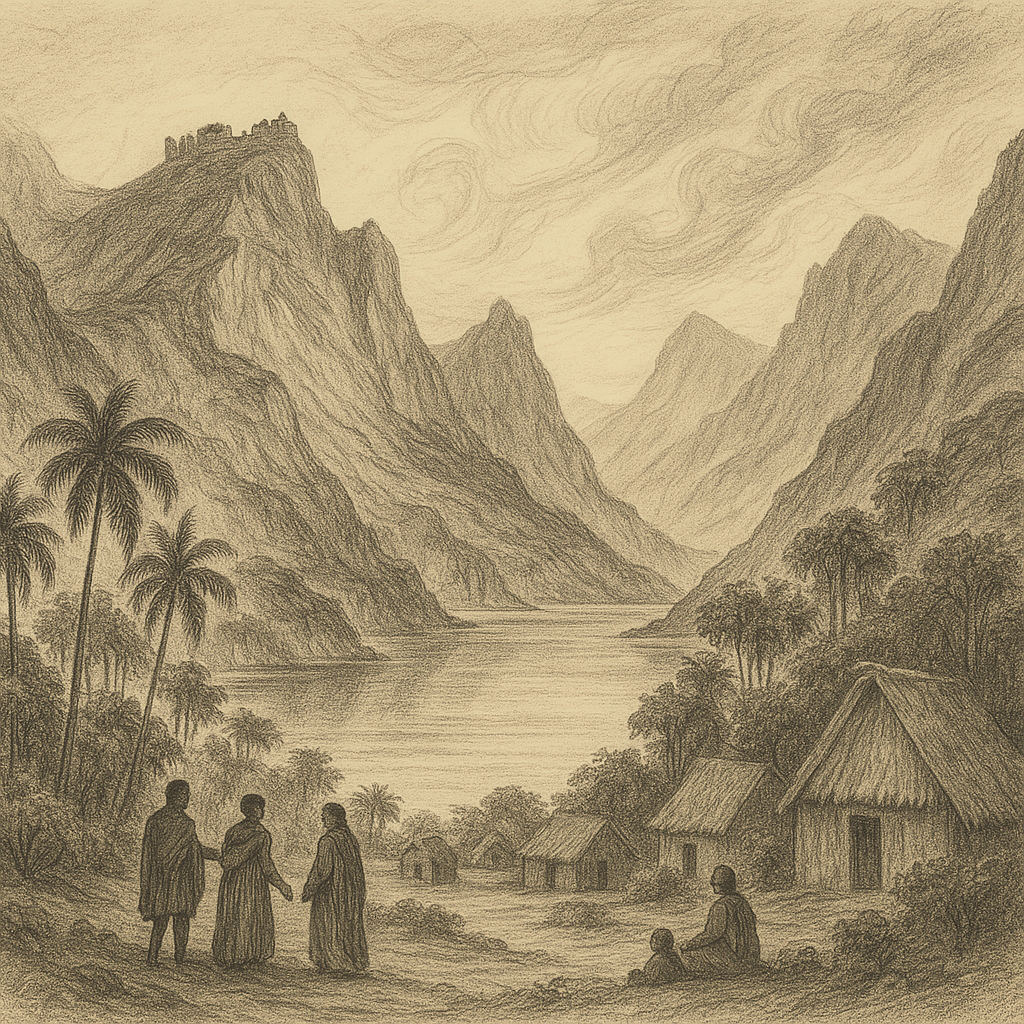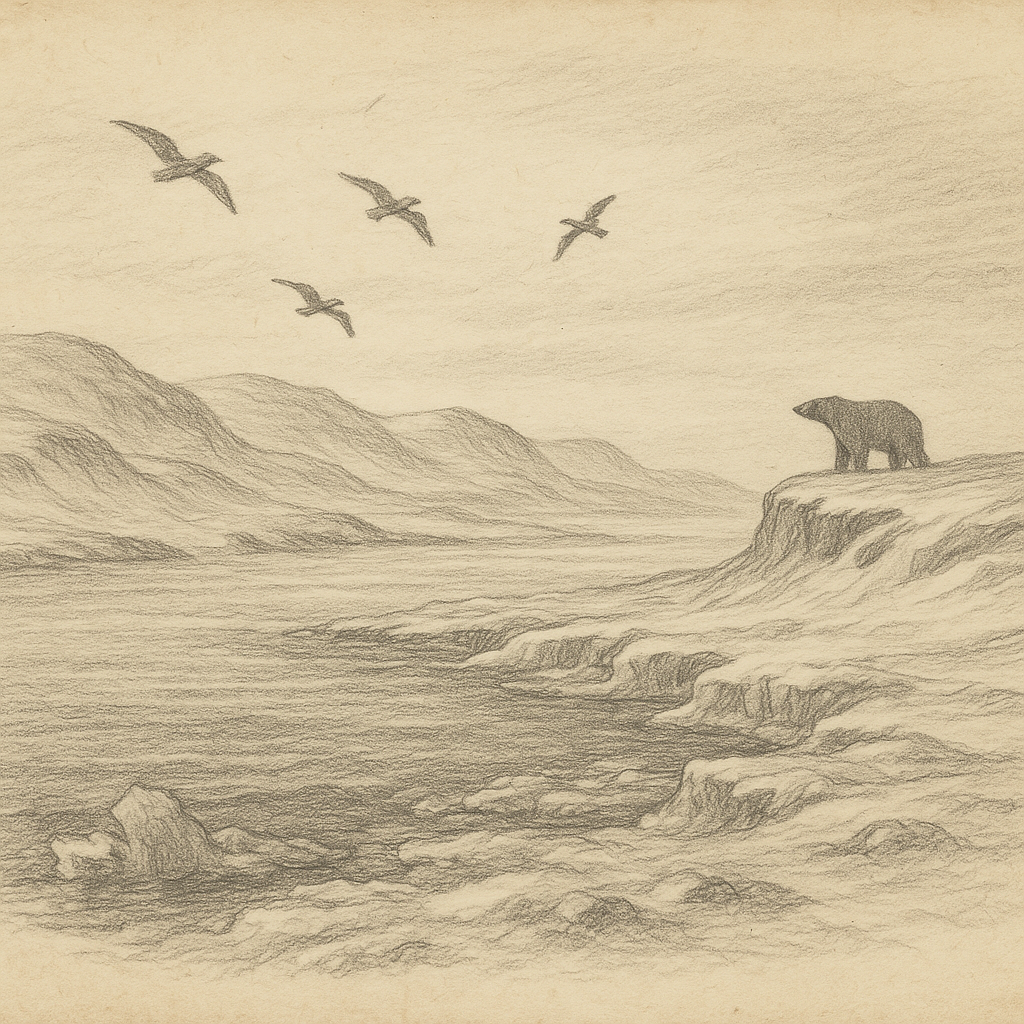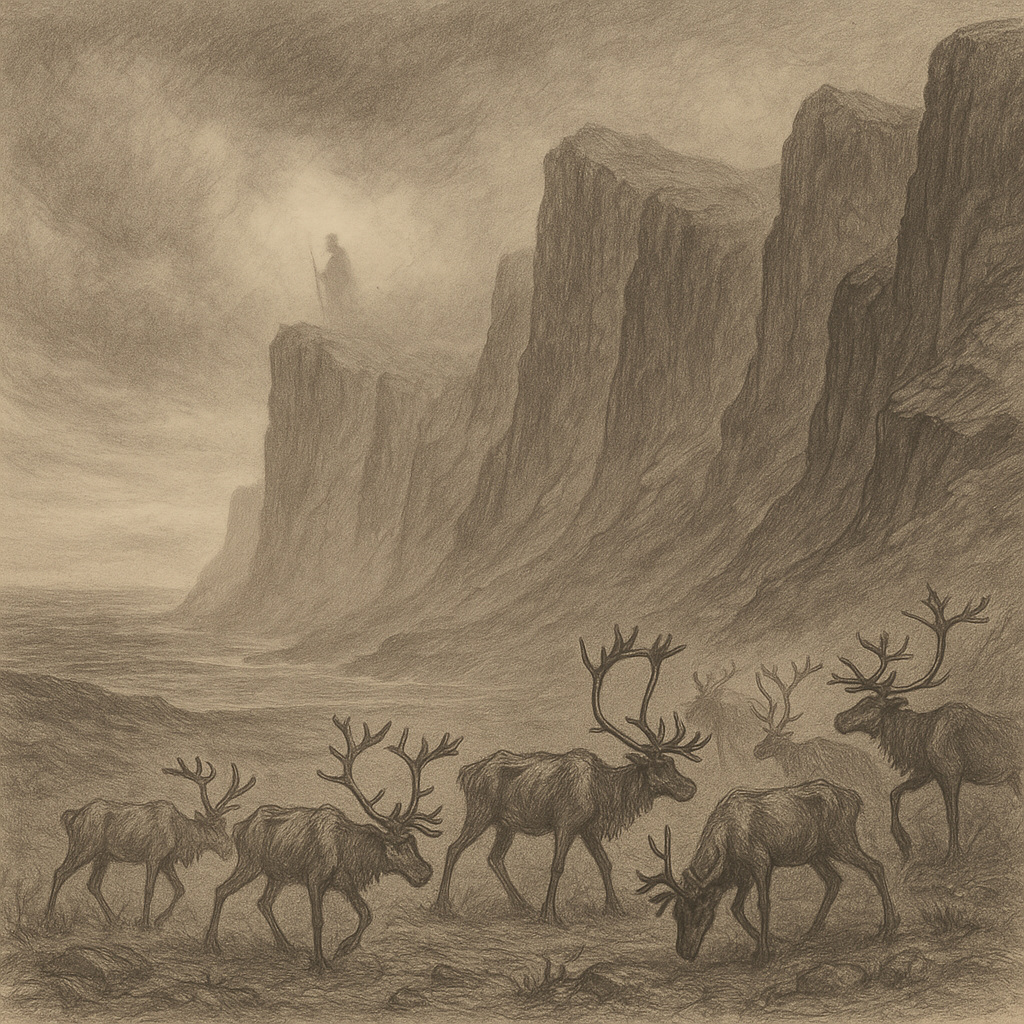Introduction to Pago Island
Pago Island is a small, remote landmass tucked away in the vast expanse of the South Pacific Ocean. Virtually untouched by modern civilization, it is a destination that embodies mystery, natural splendor, and cultural depth. Much like other isolated Pacific islands, Pago stands as a testimony to the Earth’s geological dynamism and cultural diversity. The island remains relatively unknown to most travelers and researchers, which only adds to its allure as an enigmatic paradise on Earth.
Geography and Location
Pago Island is situated approximately 950 kilometers southeast of the Solomon Islands and about 1,200 kilometers northwest of Fiji. Nestled within a remote cluster of volcanic islets, it lies near the seismically active Pacific Ring of Fire. The island extends roughly 7 square kilometers, making it modest in size but rich in geological and ecological value.
The geography of Pago Island is characterized by steep cliffs, dense rainforests, and a shallow, horseshoe-shaped lagoon at its northeastern end. A small dormant volcano dominates the central terrain, its slopes blanketed with endemic vegetation. The coastline is primarily rocky, though several small crescent beaches of white coral sand break the rugged shore.
Geological Origin
Pago Island is of volcanic origin, formed millions of years ago during tectonic events involving the subduction of the Pacific Plate beneath the Indo-Australian Plate—much like the neighboring archipelagos. The central peak of Mount Vaiulu, rising 420 meters above sea level, was once an active volcanic summit that now rests in dormancy.
The island is part of an ancient submarine volcanic chain, and underwater surveys have revealed the presence of hydrothermal vents and submerged calderas in the surrounding seabed. Pago’s geological structure provides scientists with valuable insights into the Earth’s volcanic activity and oceanic crust formation in isolated marine environments.
Climate and Biodiversity
Pago Island enjoys a tropical maritime climate, with temperatures ranging from 24 to 30°C throughout the year. The region receives an average annual rainfall of approximately 2,000 mm, predominantly during the wet season from November to April. Southeast trade winds help regulate the island’s temperature and humidity levels, making the climate relatively stable and suitable for diverse flora.
The island’s rainforests are brimming with biodiversity, including several endemic species of birds, reptiles, and plants. The Pago honeycreeper, a colorful bird found nowhere else on Earth, serves as a symbol of the island’s unique ecology. Additionally, the surrounding coral reefs sustain a vibrant marine ecosystem, supporting everything from parrotfish and sea turtles to reef sharks and phytoplankton blooms.
Researchers consider Pago Island an ecological treasure chest due to its isolation and minimal human impact. However, this also makes the ecosystem fragile and susceptible to external disturbances, including invasive species and climate change.
Human Presence and Access
As of today, Pago Island has no permanent human residents. Occasional visits are made by marine biologists, ethnographers, and environmental conservationists, each requiring a special permit coordinated through regional authorities. These visits are tightly controlled to preserve the delicate natural equilibrium of the island.
Access to Pago Island is only possible via private vessels or scientific charters, often braving challenging waves and unpredictable weather. A small, weather-worn landing dock exists on the northwestern shore, the remnant of a brief colonial presence in the late 19th century, when surveyors from a European maritime expedition attempted to establish a temporary base.
Points of Interest
There are several notable locations on Pago Island that draw the attention of the few who are privileged to visit:
– Mount Vaiulu: The extinct volcano at the island’s heart offers panoramic views and a haven for high-altitude bird species.
– The Crystal Lagoon: A shallow bay enclosed by coral reefs that glows with a bioluminescent hue after sunset.
– Vaiha Caves: A series of limestone caves that house ancient petroglyphs believed to predate known Polynesian migrations.
– Coral Gate: A natural underwater arch formation popular among marine researchers for coral health studies.
These sites are not only visually stunning but also serve as crucial habitats and cultural repositories.
Legends and Mythology
Pago Island maintains a mystical reputation among neighboring island communities, who regard it as a sacred land brimming with spiritual significance. According to oral traditions from the nearby Onoa Archipelago, Pago was once the mythical abode of the spirit god Tamaliki, guardian of the oceans and winds.
Legend has it that Tamaliki dwelt within the lava chamber beneath Mount Vaiulu, where he controlled the tides and summoned rain to nourish the faraway lands. Islanders tell tales of ghostly voices heard at night and claim that storms change course when approaching Pago—a sign that Tamaliki still protects his sacred grounds.
Another legend speaks of the “Wailing Sailor,” a lone mariner who crashed on Pago shores centuries ago and now haunts its lagoon, his cries echoing in the wind every full moon. While impossible to verify, these stories enrich Pago’s cultural tapestry and deepen the island’s enigmatic aura.
Conservation Efforts
Given its ecological sensitivity, Pago Island has been subject to various conservation initiatives. In recent years, international environmental agencies have collaborated with local governments to create the Pago Marine Protected Area (PMPA). This designation enforces strict regulations regarding fishing, resource extraction, and tourism activities.
A small monitoring station, powered by solar and wind energy, has been set up on the southern ridge to track migratory patterns of seabirds and conduct weather observations. Additionally, efforts are underway to catalog the island’s flora and fauna comprehensively with the goal of gaining World Heritage status.
Conclusion
Mysterious, majestic, and scarcely touched by human hands, Pago Island remains one of the last true frontiers of natural and cultural intrigue. Its geological roots, teeming biodiversity, and rich oral legends make it more than just a remote speck in the ocean—it is a living monument to Earth’s ancient story and the enduring myths of those who dwell within its waters. For scientists, spiritual seekers, and eco-conscious travelers, Pago Island offers not just exploration, but wonder.



